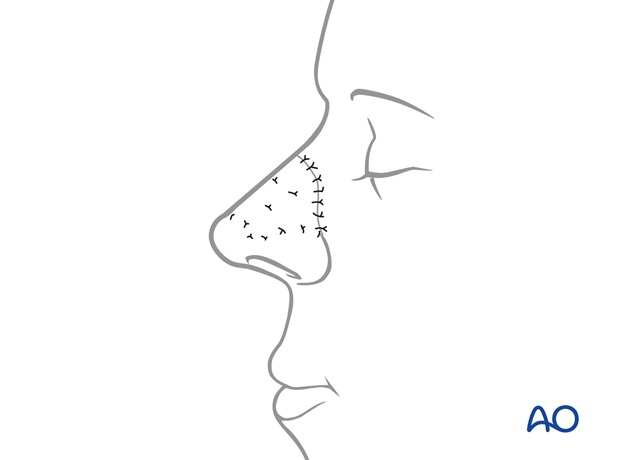Revision surgery
1. Introduction
Almost all major nasal reconstruction will require a revision procedure four months after the initial reconstruction to improve the final result.
The alar crease or nasolabial fold can be defined, a thick nostril rim thinned, or a hanging nostril margin trimmed.
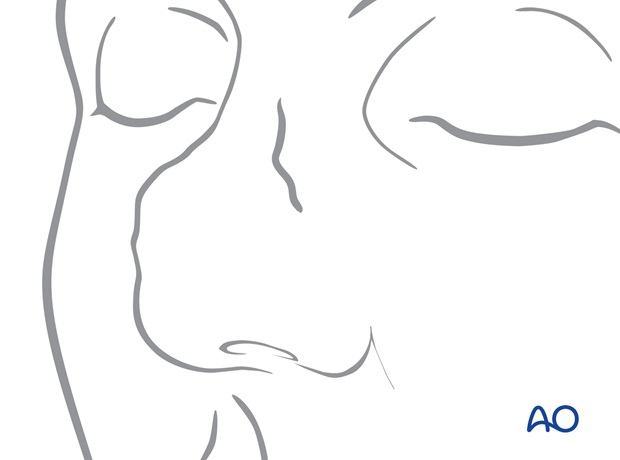
The nostril airway can be debulked and opened to improve breathing
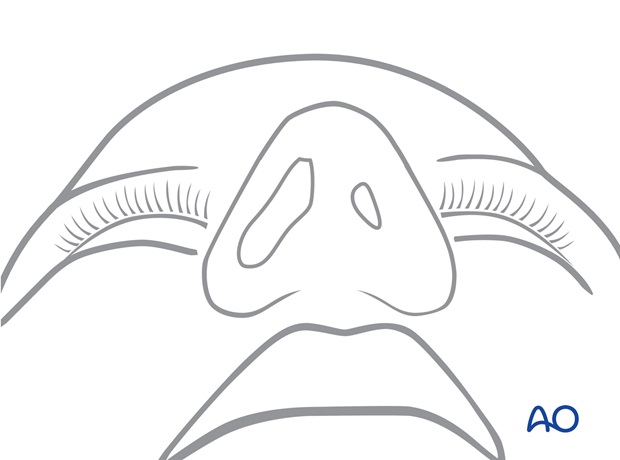
Overall nasal contour can be improved by subcutaneous excision of bulky soft tissue or cartilage grafts or by secondary cartilage grafting.
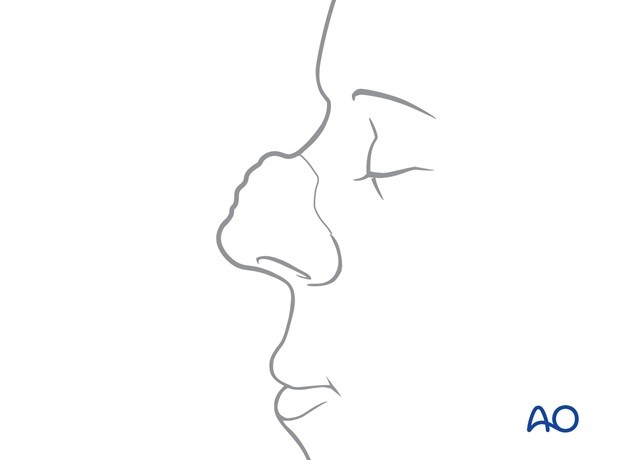
2. Defining the alar crease or nasolabial fold
The alar crease or nasolabial fold is frequently obliterated during reconstruction after flap transfers used to resurface the area.
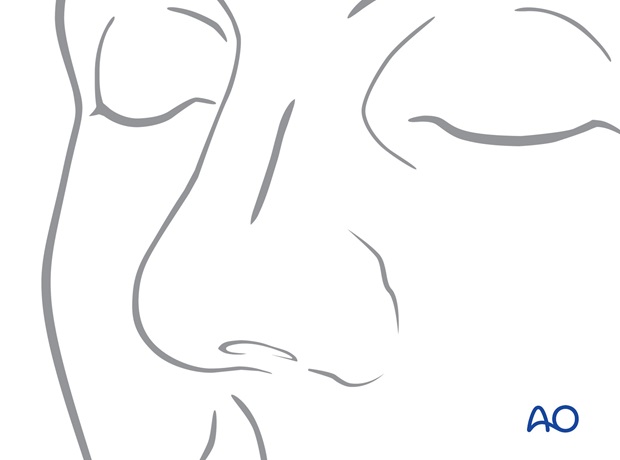
Using a pattern of the contralateral normal (if present) or of the Ideal, the exact position of the alar crease or the nasolabial fold is marked with ink.
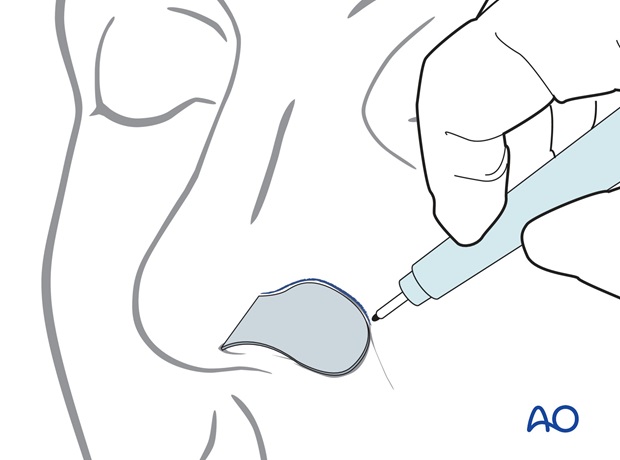
An incision is performed disregarding the position of old scars to expose the underlying soft tissues within the proposed alar crease or nasolabial fold.

Thin skin flaps are elevated to expose the underlying soft tissues and excess soft tissue or old scar and excessive cartilage grafts are excised to recreate the correct contour (to restore a convex ala and adjacent flat side wall shape or a flat upper lip and full adjacent cheek if the nasolabial crease is being recreated).
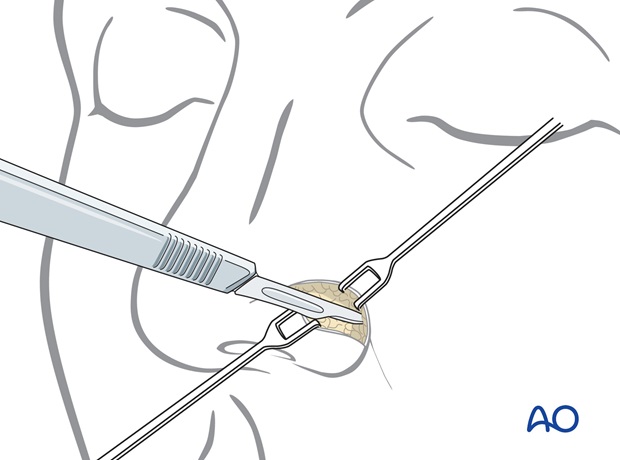
The elevated skin flaps are fixed with percutaneous quilting sutures to conform to the underlying sculpted soft tissue contour. When reconstructing the alar crease, the skin flap can be fixed deeply with several subcuticular sutures into the crease.
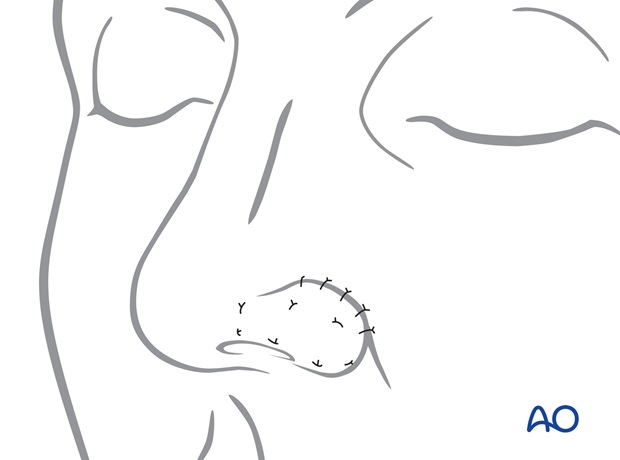
Pre- and post-operative picture for the recreation of alar crease. This was a revision surgery of a small full thickness defect previously repaired with a three stage forehead folded flap.
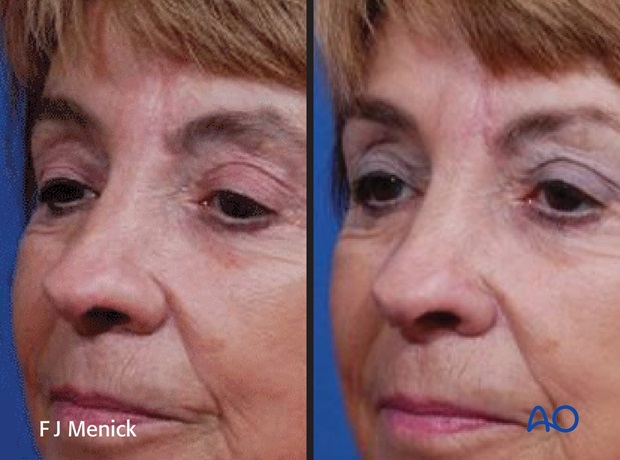
3. Debulking or enlarging a small nostril
If the nostril margin is thick and the nostril is too small, the ideal nostril size and position is marked with ink .The joint between cover flap and old lining is incised and elevated with 1 or 2 mm of subcutaneous fat for 1-2 cm superiorly within the nasal airway.
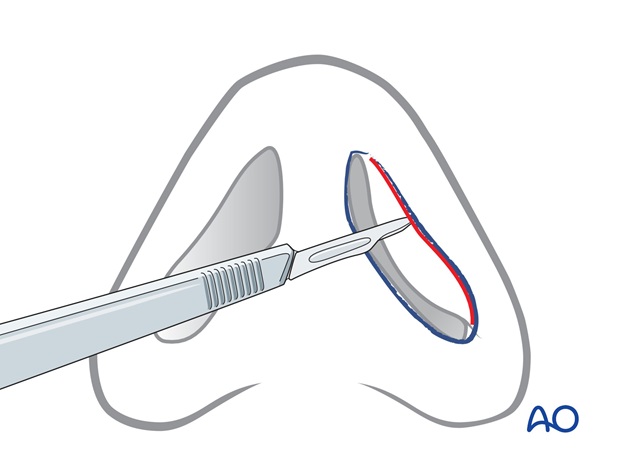
Excessive scar tissue, subcutaneous fat and the inner surface of an old cartilage graft are excised between the lining and the alar margin batten support graft to debulk the nostril rim.

If the nostril lining diameter is inadequate, it is incised at right angles to the nostril margin to increase its circumference.
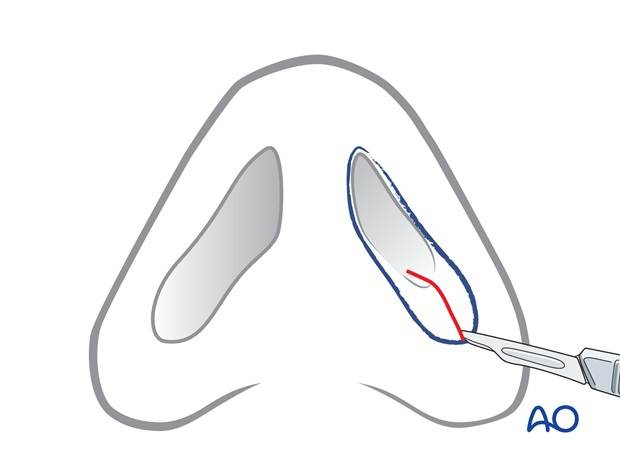
One or more small flaps of excess skin within the covering flap along the nostril margin are incised and transposed into the lining deficiency to increase the lining circumference.

4. Gross debulking through peripheral incisions
If significant parts of the nose are shapeless and bulky, the margin of the flap is incised and the old forehead flap is elevated with 2-3 mm of subcutaneous fat to expose the underlying soft and hard tissue contour deformities.
Because of the rich vascularity of forehead flaps after pedicle division, such flaps can be re elevated over 60-80 % of their inset based on their random blood supply without risk of ischemia.
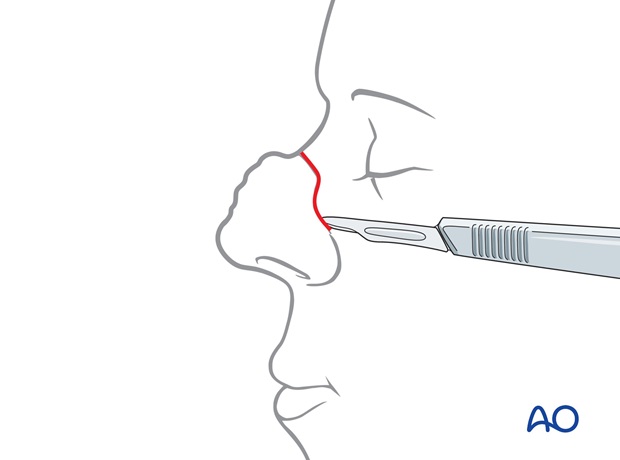
Underlying excess fat, frontalis muscle, scar, or old cartilage grafts are excised to sculpt a better nasal shape.
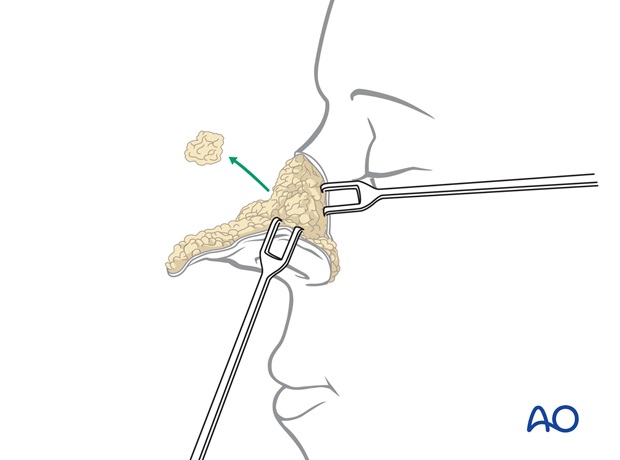
Secondary cartilage grafts can also be added to increase tip projection or fill other soft tissue depressions.
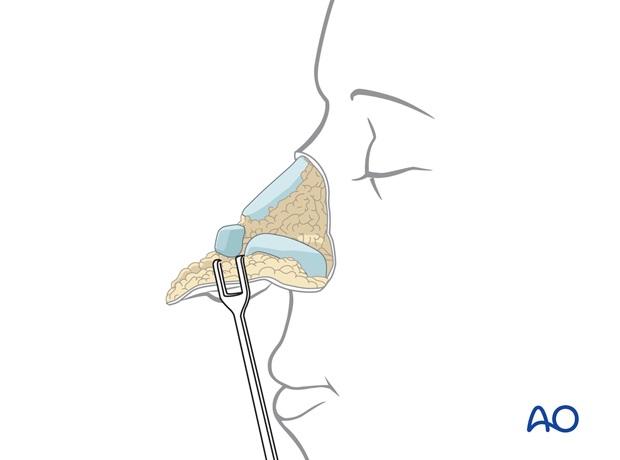
The thinned forehead flap is then re-sutured to the recipient site with quilting sutures and periphery skin sutures.
